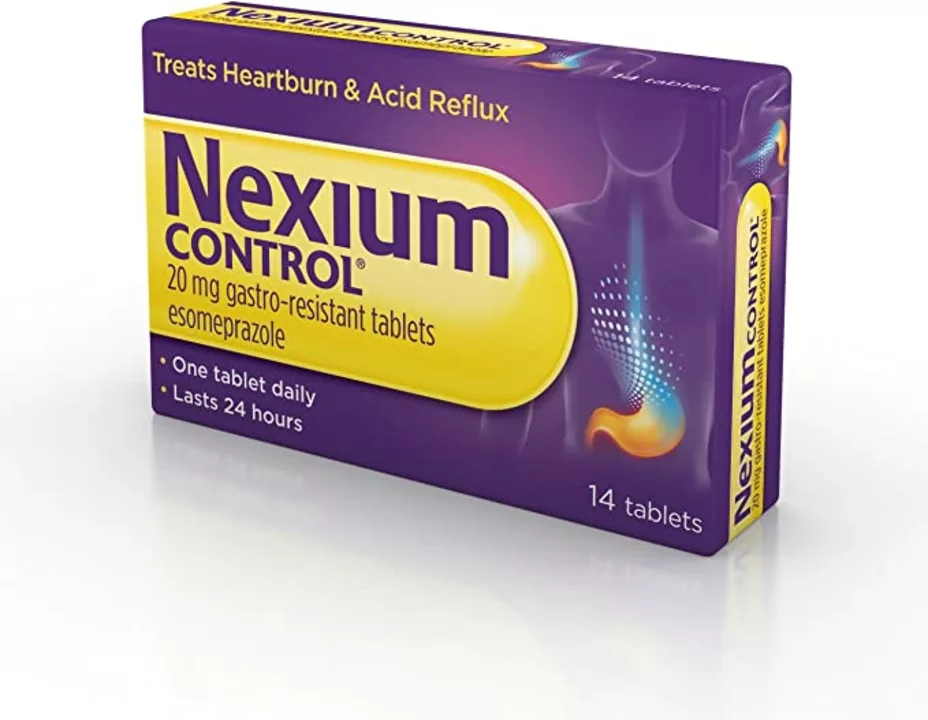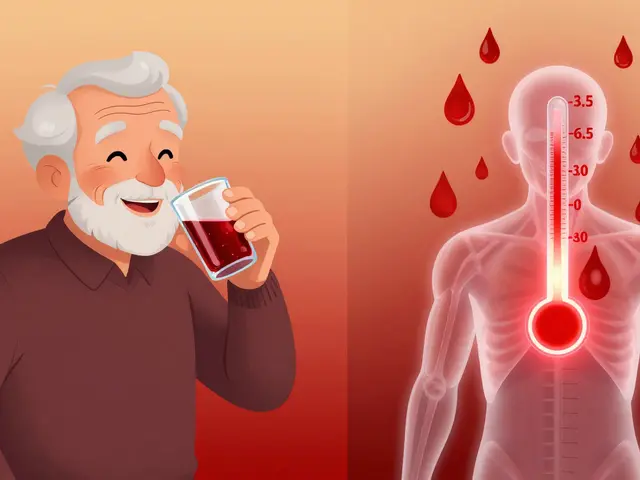Acid Reflux: Fast Relief and Long-Term Fixes
Acid reflux happens when stomach acid moves up into the esophagus and causes that burning, sore throat, or bitter taste. If it pops up occasionally after a big meal, you can handle it at home. If it’s daily or wakes you at night, take it more seriously — it can damage the esophagus over time.
Common triggers include fatty or fried foods, spicy meals, chocolate, caffeine, citrus, tomato sauce, peppermint, alcohol and smoking. Large meals and eating right before bed make reflux worse. Stress and some drugs — like certain blood pressure meds, painkillers, and sedatives — can also loosen the valve that keeps acid down.
Need quick relief? Try an antacid (chewable or liquid) for fast but short-lived relief. Sip water, chew sugar-free gum to boost saliva, and sit upright for at least two hours after eating. Avoid vigorous exercise right after meals. Raising the head of your bed by 15–20 cm (6–8 inches) helps nighttime reflux.
Simple daily changes that work
Eat smaller portions and slow down. Swap greasy meals for lean protein and steamed veggies. Cut back on coffee and alcohol, and skip minty gum or candy. If you’re overweight, losing even 5–10% of body weight often lowers reflux. Don’t belt your pants tight — pressure on your belly pushes acid up. Try waiting two to three hours after dinner before lying down or sleeping.
Smoking weakens the lower esophageal sphincter and slows healing. Quitting helps reflux and your whole body. If a medication seems linked to your symptoms, ask your prescriber about alternatives or timing changes.
Medicines, diagnosis, and red flags
Over-the-counter options include antacids for immediate relief, H2 blockers like famotidine for several hours of control, and proton pump inhibitors (PPIs) such as omeprazole for stronger suppression. Many people use a short PPI course (commonly 2–8 weeks) under guidance. Long-term PPI use can have downsides for some people, so review benefits and risks with your clinician.
See a doctor if you have trouble swallowing, unintentional weight loss, vomiting, vomiting blood, black stools, chest pain that could be heart-related, or if symptoms persist despite OTC treatment. Your doctor may recommend tests like endoscopy, pH monitoring, or imaging to check for esophagitis, ulcers, or Barrett’s esophagus.
Pregnant? Talk to your obstetrician before starting meds — lifestyle and some antacids are usually safe, but drug choices differ in pregnancy. If you want a simple checklist to try at home, start with portion control, avoid trigger foods, elevate the bed, quit smoking, and try an OTC antacid for immediate relief. If that doesn’t help within a few weeks, book an appointment.
Try simple meal swaps: oatmeal or Greek yogurt with fruit instead of greasy breakfast sandwiches; grilled chicken or fish with steamed vegetables for dinner; avoid soda and choose water or herbal tea. Snack on almonds or a banana rather than chips. Track which foods trigger you for two weeks — that pattern helps you cut the right items without giving up everything.
In my latest blog post, I explored the differences between Esomeprazole and Omeprazole, two popular medications for treating acid reflux. After researching both drugs, I found out that Esomeprazole is essentially a more potent form of Omeprazole, offering faster relief and better control of symptoms. However, Omeprazole tends to be more affordable and widely available. Ultimately, the choice between the two depends on individual needs and preferences, as well as a doctor's recommendation. It's essential to consult with a healthcare professional before starting any treatment for acid reflux.



